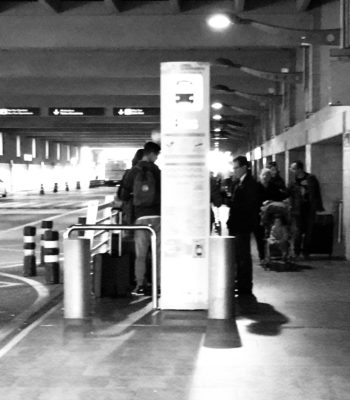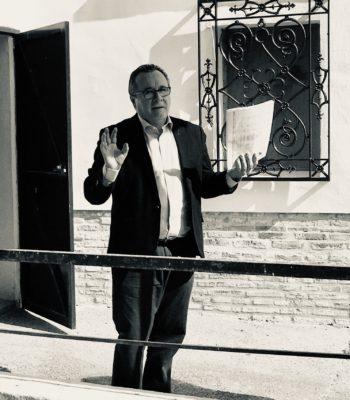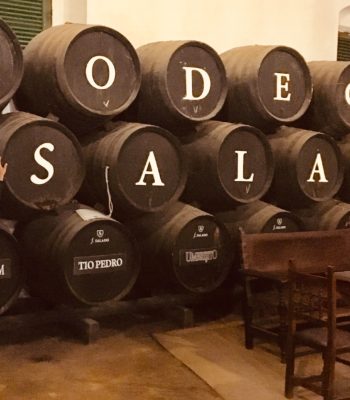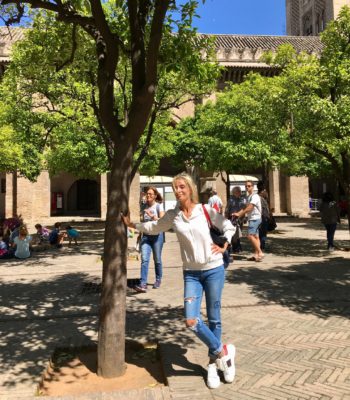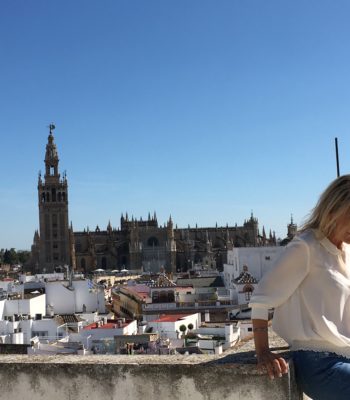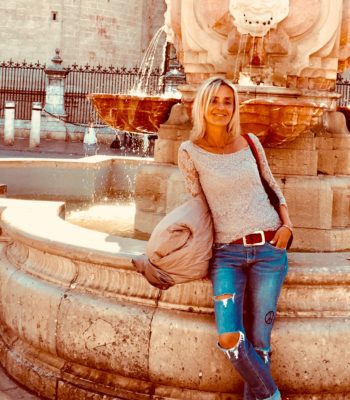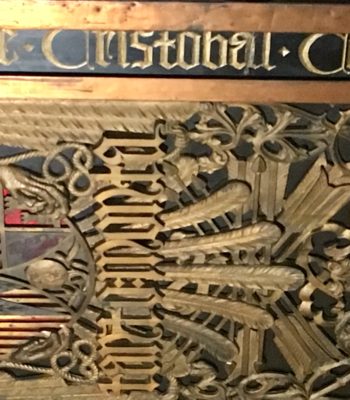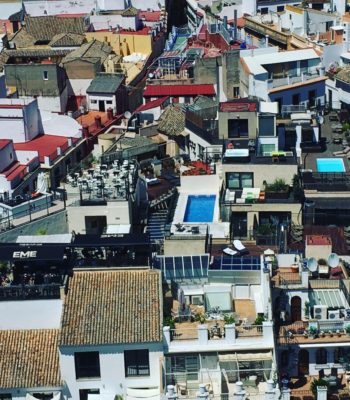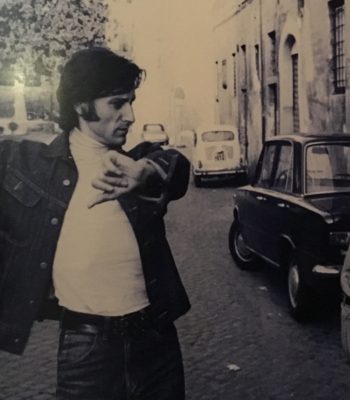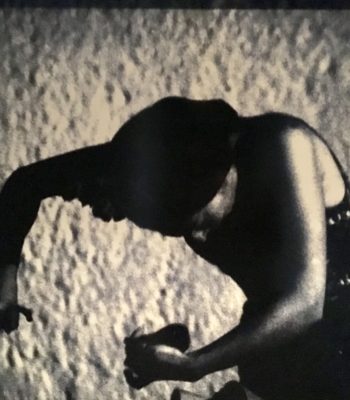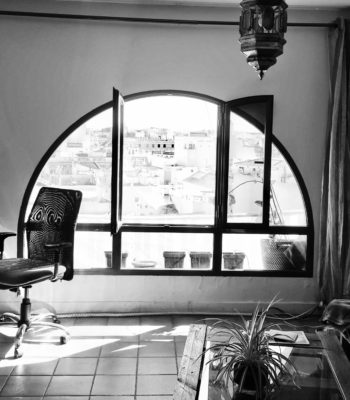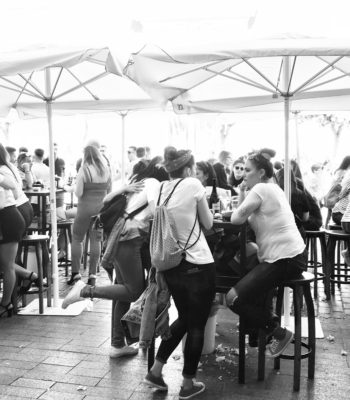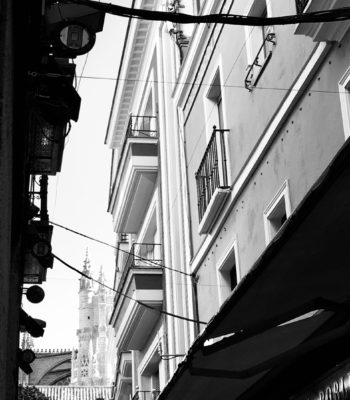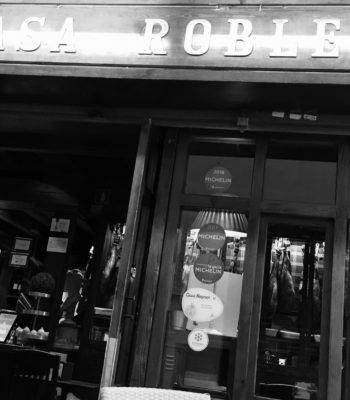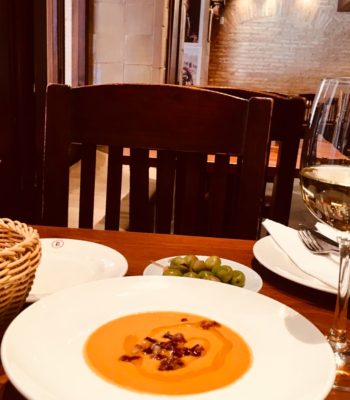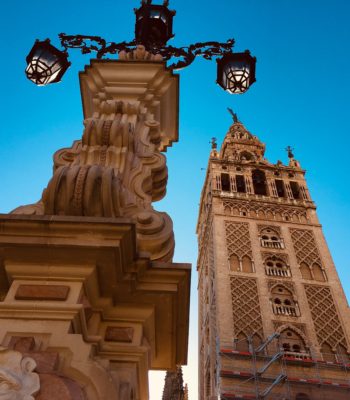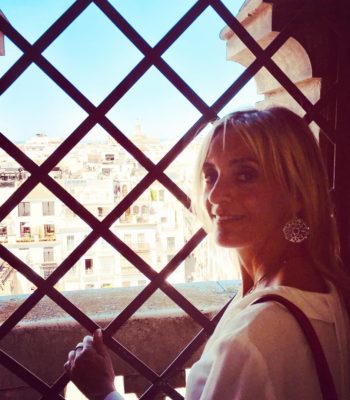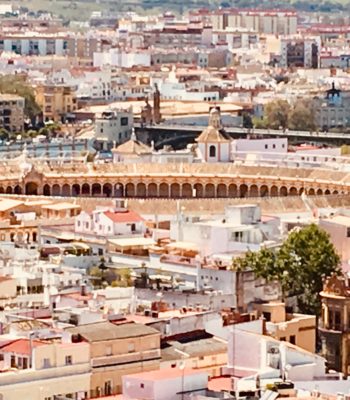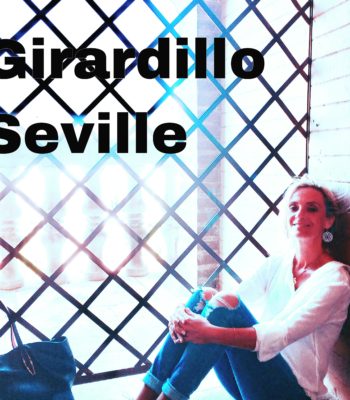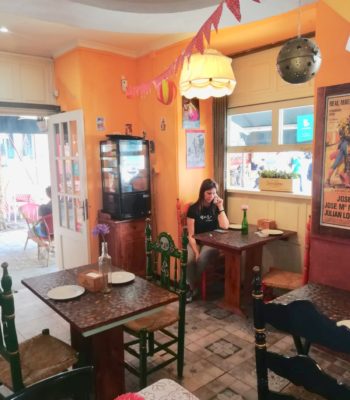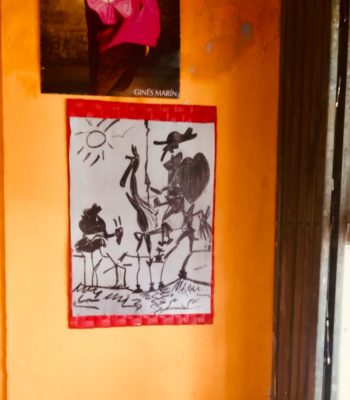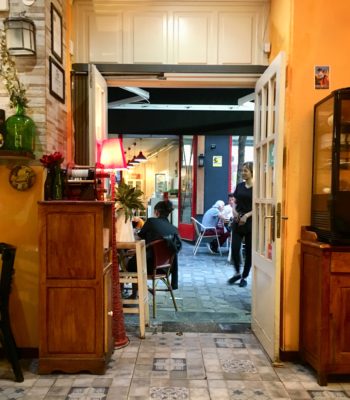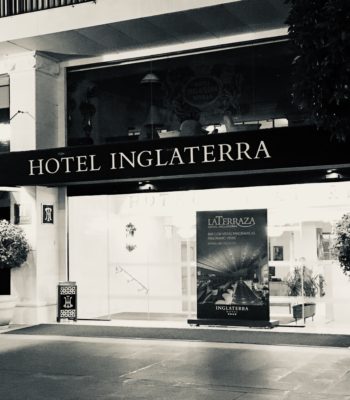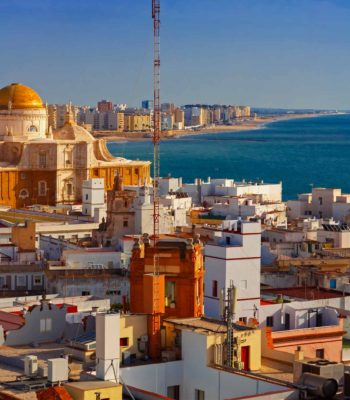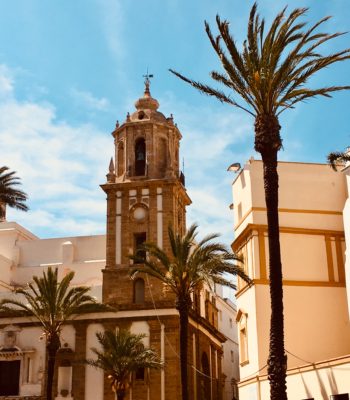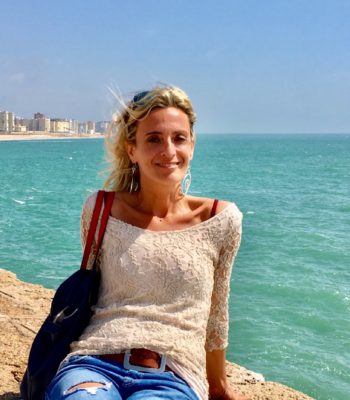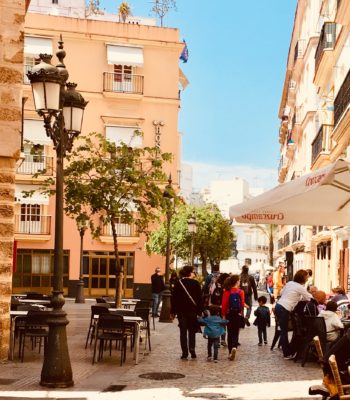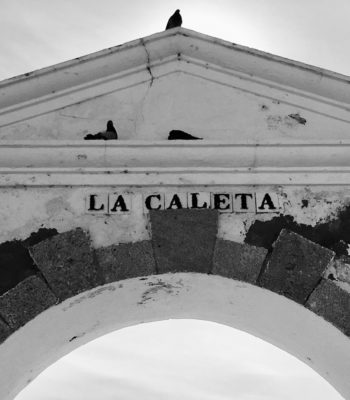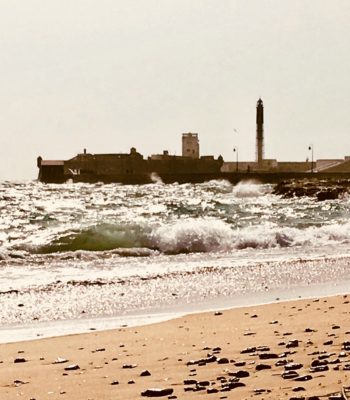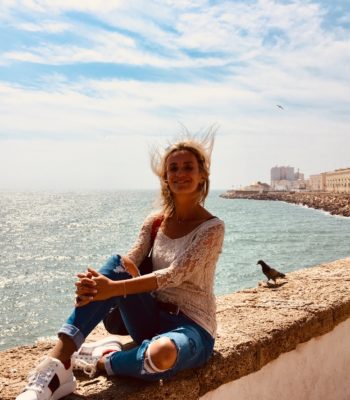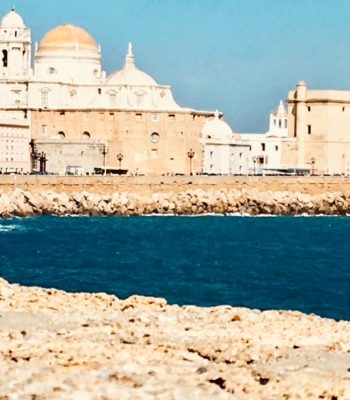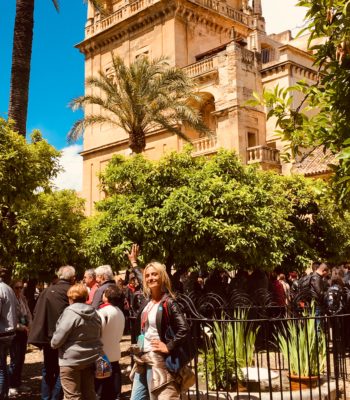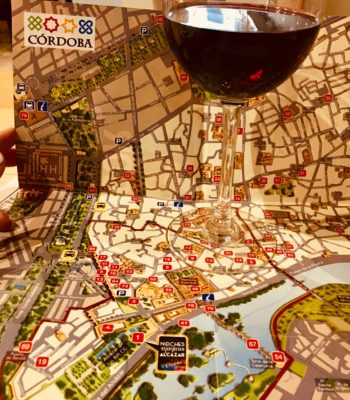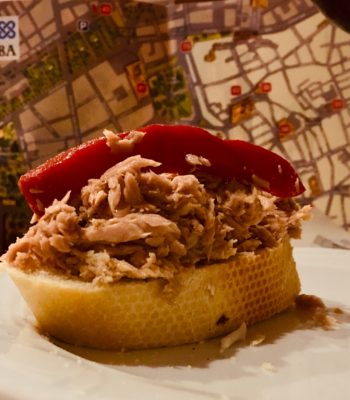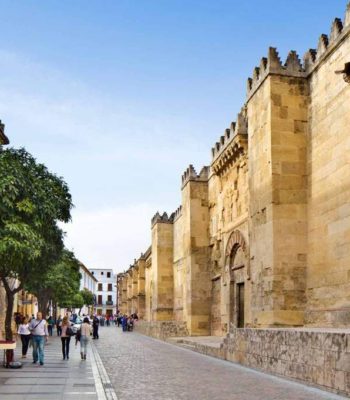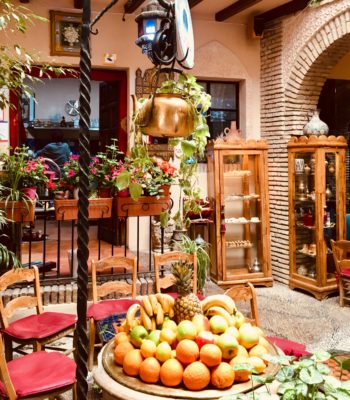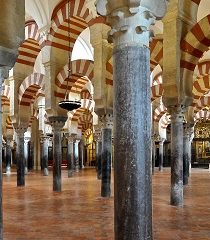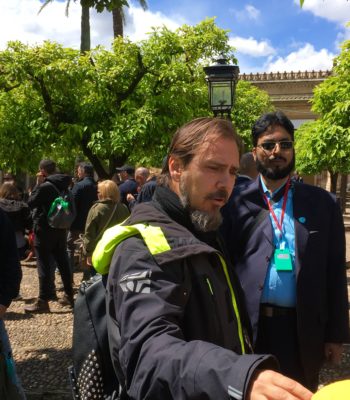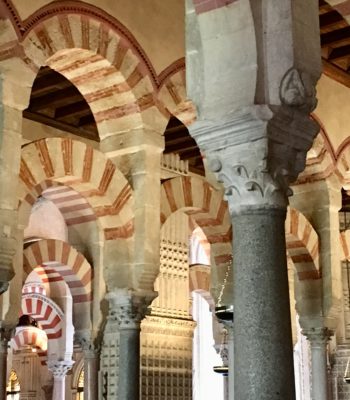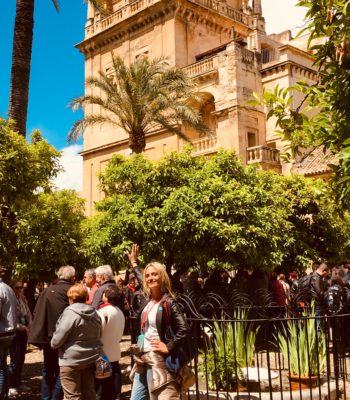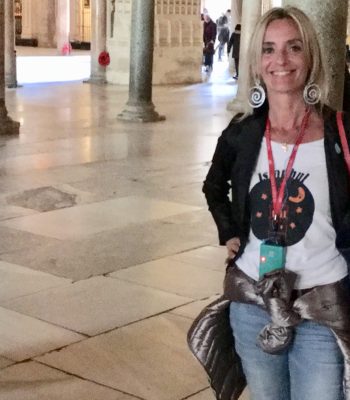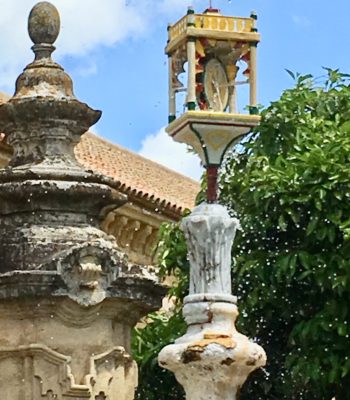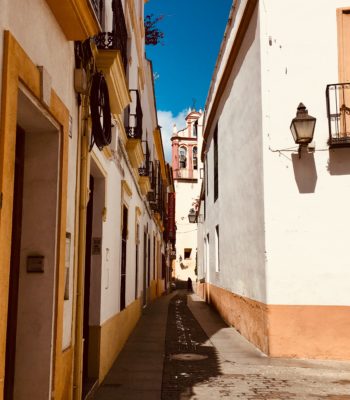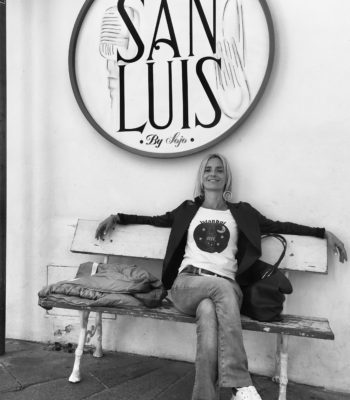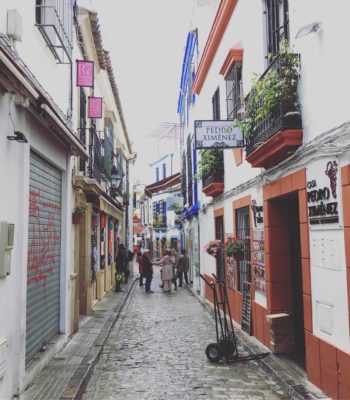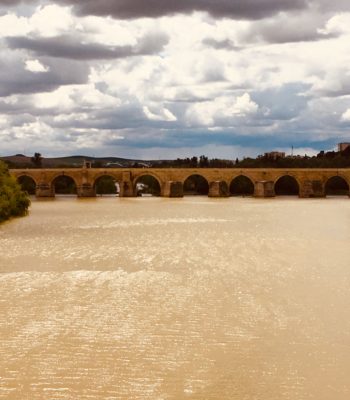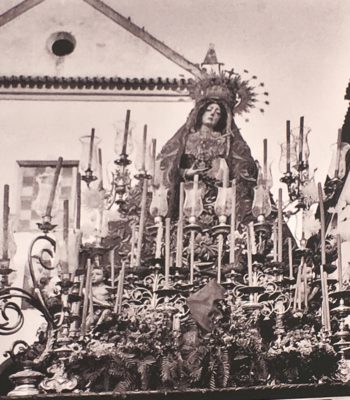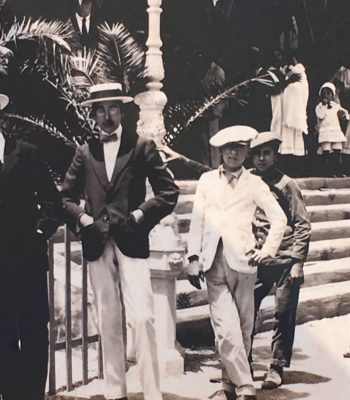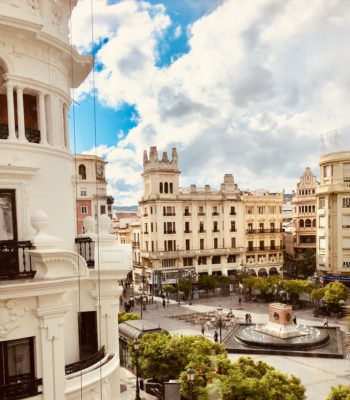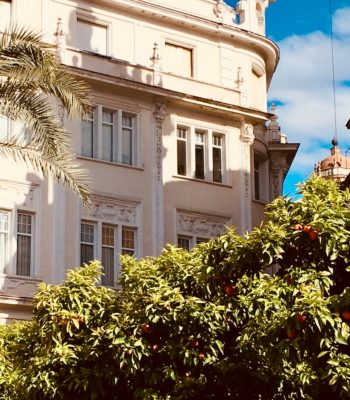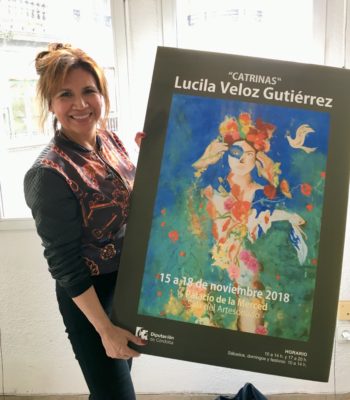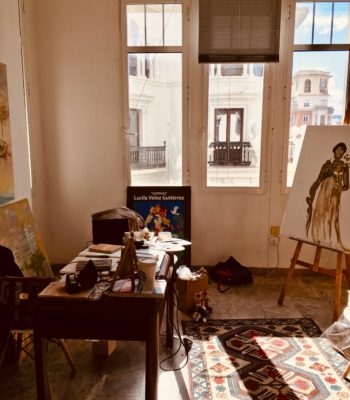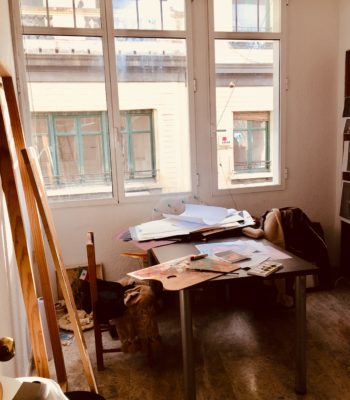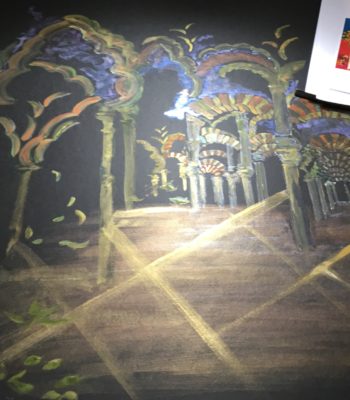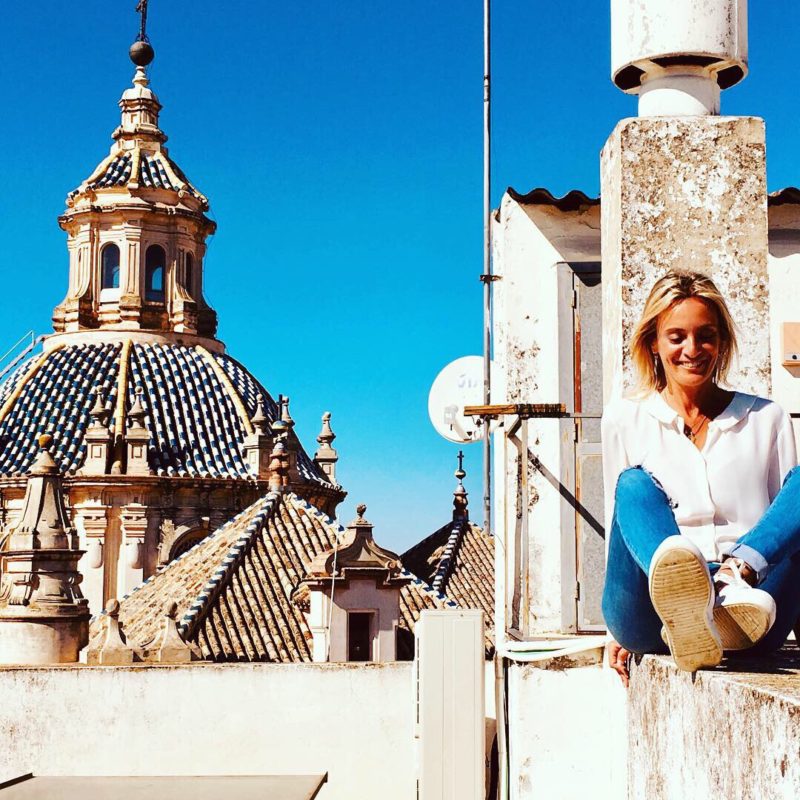“Alcune persone vogliono rendere il mondo un posto migliore. Io voglio solo rendere il mondo un posto più bello. Se non ti piace, puoi dipingerci sopra!”
Bristol
Bristol è una città inglese che sicuramente si può girare in un weekend. Si trova a Sud Ovest della Gran Bretagna (nel Sommerset). Bagnata dal fiume Avon, che la divide da Cardiff nel Galles, conta una popolazione di circa 460 0000 abitanti. Un gioiello moderno incastona nell’isola che è facilmente raggiungibile con un volo diretto dall’aeroporto di Pisa!
Si può dire che Bristol è il sesto centro più popoloso d’Inghilterra e l’ottavo del Regno Unito. Nonostante Bristol sia poco estesa geograficamente, la sua archittettura urbanistica è simile a quella di una metropoli. C’è molto da vedere e da fare a Bristol . E potrebbe essere una valida alternativa a Londra! Scopriamo di più su Bristol in questo articolo. Magari potrebbe essere la vostra prossima metaà per una vacanza!
Bristol, alla ricerca di Banksy!
Senza esitare troppo a fine Gennaio ho fatto le valigie e sono partita per Bristol , dove è nato Banksy. Questi è il più famoso street artist al mondo . Mi sono appassionata alla sua arte . Ed è stato uno dei motivi per la mia partenza per la cittadina inglese. Il risultato è stata un’esperienza magnfica che auguro anche a voi di fare.
Oltretutto qualche settimana prima ho anche visto una sua bella mostra al ‘Museo della Città Polo Culturale Bottini Dell’Olio’ di Livorno . Mi sono divertita tantissimo a Bristol e in tre giorni potrete farvi un’ idea di cosa offre da fare e vedere . Volevo ringraziare John Nation, esperto di graffiti e guida turistica di Bristol per i suoi presiozi consigli. Buona lettura!
La storia di Bristol
Per quanto riguarda le origini di Bristol , la sua storia risale all’epoca anglosassone. Allora era poco più di un villaggio intorno a un ponte di legno, che è l’esatta traduzione del suo antico appellativo, cioè ‘Brycgstow’ .
L’insediamento a Bristol iniziò a crescere sempre più . Durante il periodo dei Normanni, Bristol cambiò aspetto . E a poco a poco sparirono i terrapieni sassoni. Per volere di Guglielmo il Conquistatore le primitive difese furono sostituite con una cinta muraria e un castello.
Il castello normanno
I resti delle fortificazioni sono oggi visibili a Castle Park’. L’impianto stradale assunse una sua forma. E il centro della città diventò il punto in cui convergevano quattro strade principali . Lo stesso snodo in cui oggi si incontrano High Street, Corn Street, Broad Street e Wine Street.
Per continuare, durante il Medioevo il commercio a Bristol divenne sempre più importante. Le barche salpavano per l’Irlanda, la Francia, la Spagna e il Portogallo . Esse erano cariche di manufatti e tessuti realizzati con lana di Cotswold. E tornavano con vino, pesce, pelli, mais e ferro. La potenza commerciale di Bristol era garantita soprattutto dai traffici portuali . Cosa che le assicurò una ricchezza superiore a quella della regione a cui apparteneva!
Giovanni Caboto e la partenza per il Nord America
Successivamente nel 1497 Giovanni Caboto prese il largo da Bristol con la nave ‘Matthew’ e scoprì il Canada . Enrico VII finanziò il progetto intuendo le potenzialità dell’impresa. L’ardito Genovese , come Cristoforo Colombo , volle trovare una via alternativa per approdare in Asia via mare.
Così come era usale all’epoca, Giovanni Caboto seguì la rotta verso Ovest attraverso l’Atlantico . Questo per raggiungere la terraferma, che era identificata erroneamente con le Indie.
Che fine fece Giovanni Caboto?
Chiaramente la gloria della spedizione di Giovanni Caboto dette a Bristol una fama planetaria. E alla Gran Bretagna egli consegnò il dominio sul Nord del ‘Nuovo Mondo’. Fu il secolo delle esplorazione transatlantiche inglesi. Pare che Giovanni Caboto fosse ripartito una seconda volta per quei luoghi lontani.
A parte che tra la ciurma c’era il figlio Sebastiano e che si toccò il Labrador, non ci sono altre informazoni al riguardo. Anche l’enigma sulla fine di Giovanni Caboto è abbastanza fitto. Non si sa se sia morto durante la navigazione. O se il vascello fosse naufragato durante il tragitto . O se ci fosse stato un ammutinamento da parte dell’equipaggio.
Bristol e il sanguinoso commercio degli schiavi
Purtroppo Bristol (insieme a Liverpool) è tristemente nota per la tratta degli schiavi. Nell’era dell’interregno di Oliver Cromwell (1649-1660) , i manufatti locali (oltre ai tessuti, carbone, piombo e pelli di animali) erano esportati in Africa. A Ovest di questo continente si scambiavano questi beni con persone. Le stesse che in seguito si vendevano oltreoceano .
Questo accadeva per farli lavorare nelle piantagioni di zucchero, tabacco, rum, riso e cotone. A volte in Europa si adoperavano come servitù per le famiglie più aristocratiche. Qualcosa di meno faticoso, ma non sicuramente di più lodevole!
Una triste pagina della storia della umanità
Qualcosa di davvero orribile. Una mercificazione di cane umana che ammontava a circa a 500 000 crani! Per le condizioni disumane in cui erano tenuti, molti di questi poveri uomini morivano prima di essere sfruttati. Perché non avevano cibo a sufficenza e acqua , e altro ancora.
C’è da sottolineare che in questa barbaria organizzata erano conivolti anche altri popoli tra cui Portoghesi, Olandesi e Francesi. Disgraziatamente la desolante piaga dello schiavismo ebbe il suo culmine tra il 1730 e il 1745. Per fortuna poi si abolì con lo ‘Slave Trade Act’ del 1807 .
Edwuard Colston un Inglese da dimenticare!
Attualmente esistono a Bristol tutta una serie d’ iniziative per ricordare quello che non deve mai più succedere! Per esempio nel 2020 si ribattezzò la vecchia sala concerti ‘Colston Hall’ in ‘Bristol Beacon’ . L’enorme edificio della ‘Colston Hall’ era dedicato a Edwuard Colston (1636-1721).
Edwuard Colston era un commerciante inglese, che si arrichhì con il sangue degli africani deportati. Alla luce delle sue nefandezze , le sue opere caritatevoli furono messi in discussione. Visto appunto come si era guadagnato i soldi! E al presente a Bristol si sta cercando di eliminare o modificare tutto quello che è a lui intitolato . Come un suo mezzo buzzo in bronzo distrutto e gettato via da un gruppo di cittadini ribelli.
L’era moderna, Bristol
A prescindere da tutto e dopo un breve tracollo finanziario, nel XIX secolo Bristol continuò a prosperare . Era sostenuta da nuove industrie e da nuove entrate finanziare. Però la Seconda Guerra Mondiale segnò fortemente la cittadina, visti i pesanti bombardamenti subiti.
Non tutto il male vien per nuocere! Almeno il dopoguerra si rivelò per Bristol fondamentale per la sua riprogettazione urbana. Una ricostruzione che interessò notevoli complessi quali:
- La ‘Council House’ (1956): sede del consiglio di stato fu costruito a forma di mezza luna dall’architetto Vincent Harris ;
- Il ‘Broadmead’ : concepito nell’autunno del 2008, questo è un grosso centro commerciale con circa 300 negozi , bar, locali e sale multimediali;
- Il ‘Royal Portbury Dock’ : edificato negli anni ’70, questo è un porto per l’importazione di auto e altri tipi di veicoli a motore.
L’ economia di Bristol
Attualmente Bristol può contare su un’economia in crescente sviluppo, che, basata su un efficiente sistema bancario comprende:
- Agricoltura (frumento , orzo , avena e segale);
- Pastorizia (con allevamenti concentrati sugli ovini di cui è il primo esportatore in Europa);
- Industria di vario tipo (di raffinerie, chimiche, petrolchimiche, meccaniche e tessili).
‘Cabot Circus’
Dall’aeroporto di Bristol ci ho impiegato venti minuti con il bus per arrivare alla city center (13 km di distanza) . Prima fermata è stata quella di ‘Cabot Circus’ , che è una zona molto residenziale. Questa è caratterizzata dalla presenza di un omonimo ed enorme mall dal tetto trasparente. Esso è strapieno di ristoranti e cafè .
Ci si perde a ‘Cabot Circus’ , e gli Inglesi lo usano spesso come putno di ritrovo. Per stare con gli amici, passare del tempo a fare spese negli shops alla moda. Ci sono le firme più prestigiose e si può anche mangiare e bere , o assaggiare degli ottimi gelati o dolci.
‘Hampton by Hilton’ , dove dormire a ‘Cabot Circus’
Cinque minuti di passeggiata e mi sono ritrovata nel mio albergo, che è l’‘Hampton by Hilton’ . Ve lo consiglio , un po’ vintage ma spettacolare per altri aspetti, quali :
- Reception aperta anche la notte;
- Staff gentile e professionale;
- Colazione internazionale: dal dolce al salato troverete davvero di tutto;
- Camere ampie, insonorizzate, molto eleganti e dotate di bagno privato e tutti i comfort (TV, aria condizionata e calda, ecc. ).
Cosa fare a ‘Cabot Circus’
‘Cabot Circus’ è perfetta per alloggiarvi perché è viva e connessa con i mezzi al resto del territorio. Potete anche fare un salto per esempio nel Galles e perlustrare delizione località inglesi quali :
- Bath, Glastonbury, Wells, Salisbury e ancora Cardiff , Exeter, Dorchester, Weymouth, Bournemouth, Poole, Glastonbury, Plymouth, Wells, Birmingham, Londra;
- ‘Costold National Park ’ : questo parco è un’altra spendida idea per trascorrere una gironata all’apero nel verde. Esso è situato a una decina di chilometri a Est di Bristol . Il paesaggio è straordinario, puntellato da colline calcaree. Gli scenari sono quelli della tipica campagna inglese , e sono stati dichiarati ‘Area of Outstanding Natural Beauty’ (‘AONB’). Esso è pieno di cottage di pietra color del miele, lussureggianti giardini, antiche residenze storiche, e vecchi pub tradizionali.
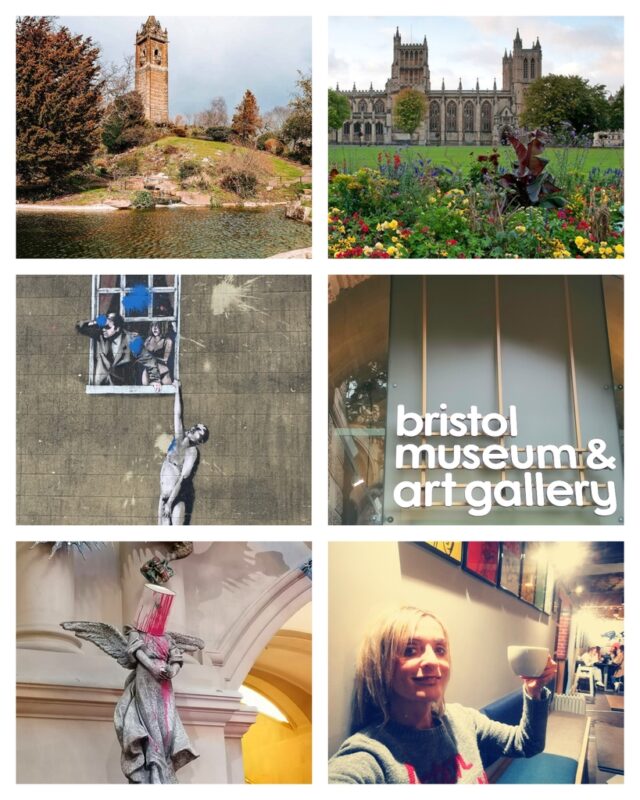
Venerdì mattina a ‘Park Street’
‘Park Street’ è un distretto culturalmente molto ricco. Nei dintorni vale la pena vagabondare nella vecchia galleria di arte di ‘Royal West of England Academy’. E se volete osservare Bristol in tutto il suo splendore, potrete salire in cima alla ‘Will Memorial Building’ . Questa è la torre dell’università di Bristol , tappa d’obbligo per i giovani laureati!
Per i palati più sofisticati da provare è il ‘Browns Restaurant’ , che è stato costruito sulla base del ‘Palazzo del Doge di Venezia’. Per i wine lovers è assolutamente una garanzia la cantina ‘Averys Wine Merchants’ in 9 Culver St, Bristol BS1 5LD, Regno Unito.
2 Cose da vedere a ‘Park Street’
1. ‘Cabot Tower’ : questa torre è alta 32 metri , e si trova nel parco collinoso di ‘Brandon Hill’, non lontano dal center di Bristol . Questa è stata innalzata in onore di Giovanni Caboto, in commemorazione del 400 ° anniversario della sua spedizione. La sua costruzione cominciò nel 1897 e si completò nel 1898. In stile neogotico, essa è tutta composta di arenaria rossa e rivestita di pietra calcarea. Al suo interno c’ è una scala a chiocciola che è dotata di due pontegg , che offrono uno incantevole panorama su Bristol ;
2. ‘Bristol Cathedral’: il duomo è situato nel centro storico di Bristol. Fu fondato nel XII secolo come abbazia dell’ordine agostiniano, e divenne cattedrale nel 1542, in seguito allo scioglimento di monasteri ed abbazie voluto da Enrico VIII. L’ intero impianto architettonico giunto fino a noi incorpora solo poche parti della chiesa originale. Mentre è stato per lo più ampliato nel XIX secolo in stile neogotico. In essa si trovano sepolte numerose personalità storiche .
Da queste parti all ‘ 1 Unity St. l BS1 5HH si cela ‘Well Hung Lover’ di Banksy . Una vignetta eseguita su uno stabile, che era una clinica di salute sessuale. Si intravede un uomo nudo appeso alla finestra della sua amante mentre sfugge allo sguardo del marito di lei . Dopo una serie di diatribe comunali, ‘Well Hung Lover’ venne a essere il primo graffito riconosciuto in patria come legale. Esso è stato danneggiato con delle macchie di vernice nel 2009 e nel 2018 con frasi offensive.
Il ‘British Museum’ di Bristol
Non fatevi scappare poi il ‘Bristol Museum’ , che è un museo britannico con annessa pinacoteca. Il massive building che lo ospita è in stile barocco edoardiano . Vi si puà accedere gratuitamente è internamente sono visitabili delle collezioni che includono: geologia, arte orientale e storia di Bristol .
Di particolare interesse sono delle sezioni che sono rivolte alle ceramiche di Delft di produzione inglese. Al ‘Bristol Museum’ ho scovato un’altra genialata di Banksy che è il ‘Pait Pot Angel’ . Questo angelo con la testa coperta da un baratollo rovesciato di vernice rosa è un promemoria della ‘Banksy versus Bristol’ , sua eclatante exhibition tenuta in loco nel 2009 .
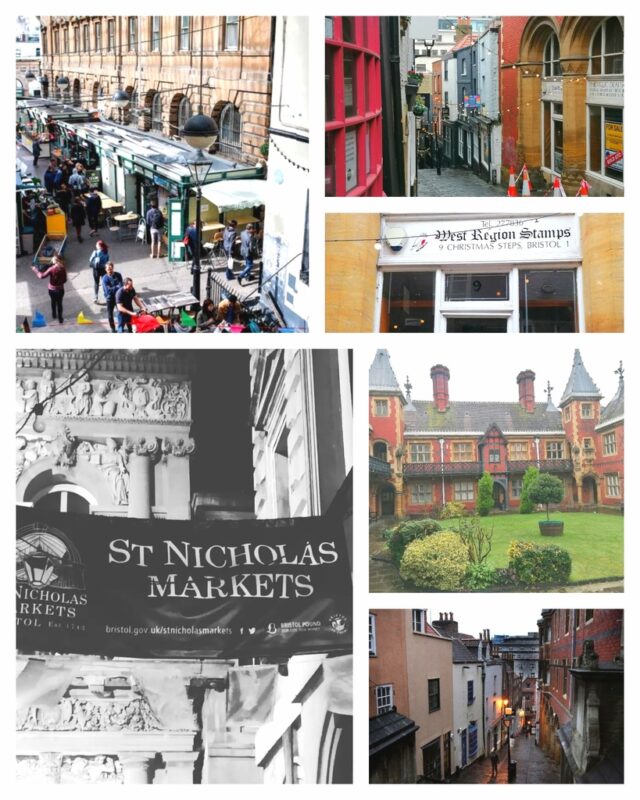
Venerdì pomeriggio nella ‘Old city’ di Bristol
L’ ‘ old city ‘ di Bristol si sviluppa su Corn Street, che è stato il cuore pulsante della vita amministrativa e finanziaria di tutta la comunità cittadina. Nel corso dei secoli si è trasformata nel salotto principale di Bristol , un susseguirsi di strade irte e ciottolose dove pptere fare shopping e trascorrere tempo lbero.
Qui c’ era il vecchio quartiere dei mercanti. Adesso la cultura e la creatività si sono combinate insieme offrendo attrattive incredibili, botteghe bizzarre e corner speciali . Si può ovunque mangiare qualcosa di buono, e ascoltare della buona musica , come all’ ‘Old Duke’ ( jazz) , o all’ ‘Bristol Hippodrome’ (genere del west end).
2 Cose da vedere nella ‘Old city’ di Bristol
1 . ‘Christmas’ Steps Market’: sono delle scalinate del 1600 su cui si stagliano bazar di abiti, scarpe, strumenti musicali, mobili e molto altro. Sono da ricercare anche le magnifiche caffetterie, e gli studi di vari artisti.
2 . ‘St Nicholas Market’ : questo è il mercato inglese più vecchio in assoluto. Dal tipico aspetto vittoriano ha fatto la sua apparizione nel 1743. Si annida dentro il ‘Corn Exchange’, che è la borsa di scambio merci di Bristol , , che fa bella vista con il suo gigantesco orologio . ‘St Nicholas Market’ è tutto al coperto e troverete davvero di tutto. Sta aperto tutta la settimana tranne la domenica (gli orari variano per cui consultare il loro sito web) . Lunedì è il day della cucina vegana, mercoledì e giovedì sono riservati i produttori agricoli locali, giovedì e venerdì si fa la fila per la street food .
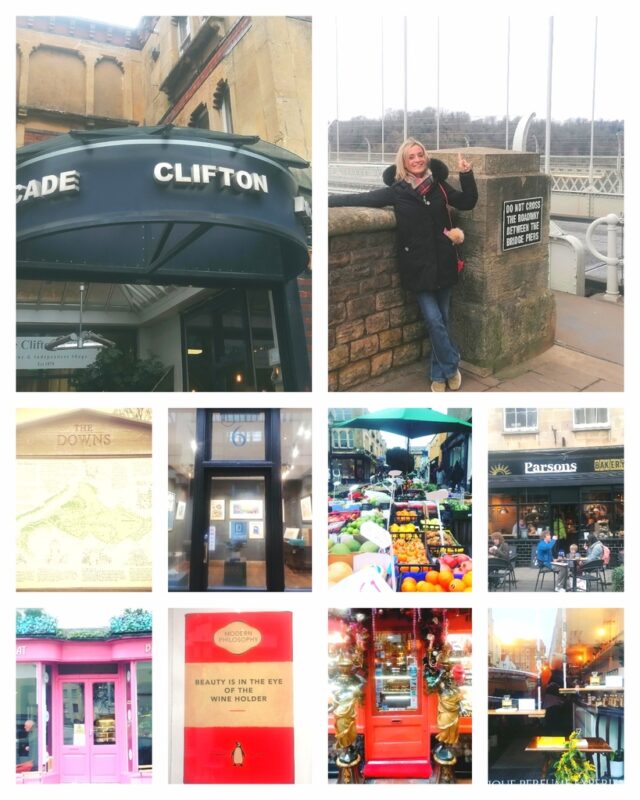
Sabato mattina a ‘Clifton’
‘Clifton’ è il lato periferico di Bristol , che e verdeggiante ed è perfetto per una bella passeggiata. Qui si possono contemplare eleganti palazzi in stile Georgiano e Regency. Si può anche gustare un afternoon tea in qualche accogliente sala da tè , e godersi i ritmi pacati del succedersi delle ore.
‘Clifton’ è molto antica e prospera, che fu in gran parte costruita con i profitti del tabacco e della tratta degli schiavi . Situato a Ovest della ‘ old city ‘ di Bristol si è annesso a Bristol durante l’ era georgiana e vi fu formalmente incorporato nel 1830.
2 Cose da vedere a ‘Clifton’
1.‘Suspension Bridge’: questo è un ponte sospeso che attraversa l’ Avon , e che collega ‘Clifton’ a Bristol nel North Sommerset . Dalla sua inaugurazione nel 1864 è stato a pedaggio , e le varie entrate fornirono fondi per la sua stessa manutenzione. Esso è stato fatto su progetto dell’ingegnere Isambard Kingdom Brunel .
Il ‘Suspension Bridge’ è il simbolo di Bristol , e ve lo trovate dappertutto , su cartoline, materiale promozionale e siti web informativi. È stato sfondo per diversi film , pubblicità e programmi televisivi.
Per non farci mancare nulla, è stato anche teatro di diversi episodi storico culturali quali :
- Primo salto con l’elastico moderno nel 1979;
- L’ ultimo volo del Concorde nel 2003;
- La consegna della staffetta della torcia olimpica nel 2012.
2. ‘The Downs’: costituisce un’appezzamento di terra di 400 acri (1,6 km 2 ) , dove si cammina, e si pratica jogging e sport di squadra . La sua posizione esposta lo rende particolarmente adatto al volo degli aquiloni .
Originariamente ‘The Downs’ è stato a lungo devoluto al pascolo e alla agricoltura. ‘The Downs’ è caratterizzato da ciuffi di biancospini , ippocastani , pianeggianti distese d’ erba , e fini case vittoriane .
Nell’Ottocento si svolgevano corse di cavalli , soprattutto a Pasqua , ma anche gare di lotta , di pugilato e di cricket . Non si è èersa la tradizione sportiva che va avanti con la ‘Bristol Downs Football League’ che gioca su campi allestiti in modo permanente.
Shopping all ‘ ‘Arcade Clifton’
L ‘Arcade Clifton’ è una galleria commerciale vittoriana che vide la luce nel 1878. Per un pò andò in rovina, ma è stato recentemente restaurato. La selezioni di shop di tipologia insolita è infinita, e ci si può tuffare in una vasta varietà di articoli desiderabili.
Da quelli economici a quelli selvaggiamente stravaganti. Da oggetti d’antiquariato, mobili e gioielli ad abiti firmati, interni contemporanei e arte (per non dimenticare i libri e la musica.
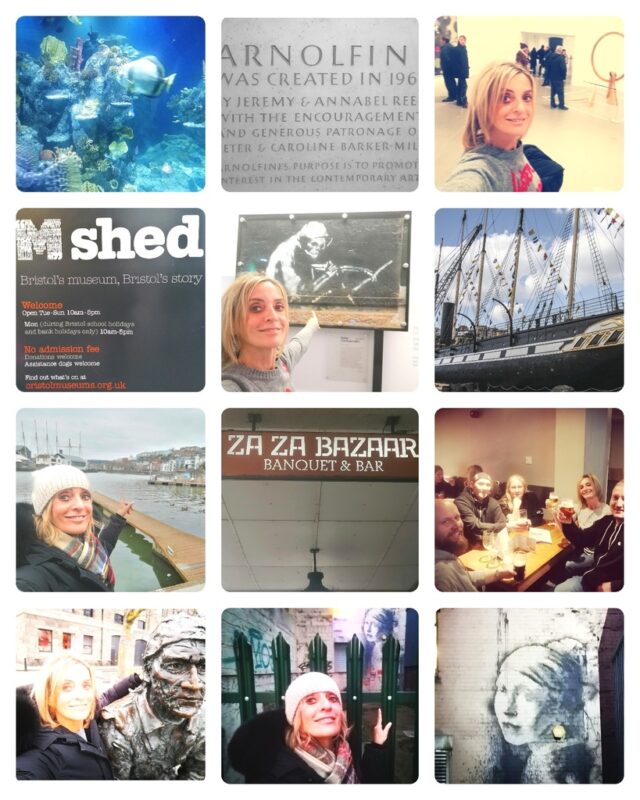
Sabato pomeriggio all’ ‘Harbour’ di Bristol
A Bristol il porto è di naturale fluviale (ricavato sul fiume Avon). Esso si estende tra il Redclffe Bridge e la Brunel Lock Road per 70 acri. Forse attraversato già dai Romani, risale al 13 ° secolo, ed è sempre stato essenziale per la crescita di Bristol . La sua struttura odierna è frutto delle modifiche che sobo state fatte a partire dal XIX° sec.
Dovete sapre che è questo bacino inglese è amorevolmente battezzato come ‘Floating Harbour’ , cioè gallegiante per il livello dell’acqua che è costantemente innalzato dalle maree.
Le jacked potatos allo ‘ Za Za Bazaar’
Senz’altro esso è il posto che mi ha affascinato di più per la sua vivacità , la sua eleganza e il food a pranzo allo ‘ Za Za Bazaar’ all’ Harbourside, Canon’s Rd, BS5UH.
Mi sono concessa le golosissime jacked potatoes, patate farcite con ragù e fagioli e cosparse di cheddar filante. Un must se siete a tavola con amci inglesi, da abbinare con a un paio di calici di birra fredda! Il ‘Floating Harbour’ è una certezza in termini di divertimento, perché è stracolmo di attrattive turistiche.
Cosa vedere all’ ‘Harbour’
Se piove una soluzione formidabile è quella di entrare a due dei più simbolici musei di Brisitol che sono:
- 3. ‘M-shed’ : questo è un museo che sta a Princes Wharf, Wapping Road, BS1 4RN tra gru, magazzini e binari. Non si paga per entrare. Qui potete fare un resoconto dei principali eventi storici di Bristol sino alla modernità. Tra attrezzature industriali e installazioni varie sulla cultura locale. Esso è stato ingegnato negli anni Cinquanta nel molo merci, e per farlo si è riabiliato uno shed , ossia un vecchio magazzino in disuso contrassegnato dalla lettera ‘M’. Al primo piano giace ‘The Grim Reaper’ di Banksy, un murales che illustra il potere devastante della morte . Fu eseguit nel 2003 sul lato della ‘Thekla Social Boat’. Conseguentemente al suo deterioramento per via del sale del mare, fu messo in salvo tra le mure dell’ ‘M-shed’;
- ‘Arnolfini’ : questo è un museo di arte conteporanea, dove è facile osservare performance artistche di ogni genere, tra cui danze e letture di poesie. Ideato nel 1961 da Jeremy Rees, si è chiamato così per via del suo quadro preferito , ovvero ‘I Coniugi Arnolfini’ di Jan Van Eyck. Un ambiente poliedrico, dove ci si può rilassare nelle poltrone di un sobrio caffè letterario. Tra i talenti di spicco che vi si sono esibiti vanno menzionati: Bridget Riley, Rachel Whiteread, Richard Long, Jack Yeats. E ancora le ompagnie di ballo: ‘Goat Island Performance Group’, ‘The Philip Glass Ensemble’, e la ‘Shobana Jeyasingh Dance Company’.
L’Harbour di Bristol , una giostra per i bambini e gli adulti
Se siete con i vodtri figli la piazza del ‘Floating Harbour’ si possono divertire con :
- La ‘SS Great Britain’ : al Great Western Dockyard, Gas Ferry Road (XIX sec) si staglia imponente questo maestoso vascello, che è stato a servizio merci e passeggeri transatlantico . Il suo artefice fu l’ingegnere navale Isambard Kingdom Brunel, che apportò delle rivoluzioni teconoligche per consentire delle velocità più spedite.Tra queste: l’uso di una elica a quattro pale invece delle tradizionali ruote a pale laterali, un’elica sott’acqua, un ponte di coperta continuo e un sistema di ventilazione a forza d’aria;
- L ‘Acquarium’ : un acquario che protegge diversi esemplari di coralli e pesci , dallo squalo, alle meduse, dalle razze ai granchi, dai cavalucci marini agli anfibi dell’Atlantico. Ci sono diversi cunicli di vetro dove si possono ammirare queste creature che sono uno spasso per i bambini. Per loro nelle adiacenze c’è anche il ‘We the Curious’ , un laboratorio interattivo di fenomen per lo più scientifici. Ma era chiuso a causa di un’incendio;
‘La Ragazza con l’orecchno di Perla’ di Banksy
Nelle immediate vicinanze ad Hanover place mi sono trovata davanti gli occhi ‘La Ragazza con l’orecchino di perla’ , altra impresa di Banksy del 20024. In questo caso ha voluto parodiare il rinomato canvas di Jan Vermeer . Solamente che invece dell’orecchino è stato messo un antifurto quadrato.
Sarebbe stato fatto per contrattaccare la falsa news di un suo arresto e della rivelazione della sua vera identità. In piena emergenza Coronavirus sul volto della fanciulla è stata messa una gigantesca mascherina azzurra, come specchio del grande disagio della nostra esistenza.
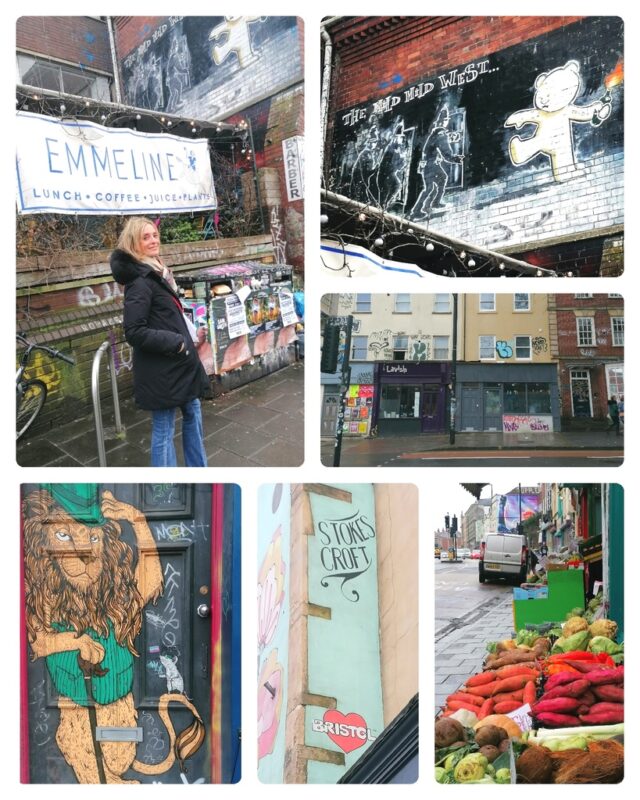
Domenica a ‘Stoke Croft’
‘Stoke Croft’ è il suburb per eccellenza di Bristol , che è stato nominato in questo modo per il sindaco John Stoke che lo ha quasi plasmato nella seconda metà del XIV secolo. Dal secondo dopoguerra ‘Stoke Croft’ è stato affolato da popolari musicisti come i ‘Massive Attack’, ‘Portishead’, e ‘Tricky e Roni Size’ .
Quello che sorprende di ‘Stoke Croft’ sono le sue strade lunghe di cemento , in cui sorgono eserciz commerciali e stand d frutta verdura.
Quello che m ha un pò intristito è il grigiore delle sue abitazioni, che è a tratti e intervalli ravvivato dalle tinte accesse dei graffiti disseminati ovunque. Sfortunatamente è un quaritre a rischio , perché colmo di problematiche sociali.
Il ‘Mild Mild West’ di Banksy
Nel bel mezzo di ‘Stoke Croft’ ho rinvenuto un’altra meraviglia di Banksy, che è il ‘ Mild Mild West’ , posizionato al Jamaica St, St Paul’s, Bristol BS1 3QY. Se ci sarete di persona, vi renderete conto che ci vuole fortuna a beccare la direzione giusta. Attivate google map oppure chiedete a un passante. Un modo per mettere alla prova il vostro Inglese!
Nei mattoncini di un bistrot in alto è stato trattegiato un orsacchiotto che lancia una bottiglia molotov accesa contro tre poliziotti che vestono in divisa antisommossa. Con ‘ Mild Mild West’ , Banksy vuole gridare contro i divieti delle forze armate nei confronti di alcuni rave del 1990.
Bristol , a presto!
Bristol è briosa e in continua espansione. In Inglese si direbe ‘A city that doesn’t just buzz, it thumps”. Ovvero, non solo è una city in fermento ma è capace anche di lasciare il segno. La mia ultima sera l’ho trascorsa a un concerto pop al ‘ Rough Trade’ 3 New Bridewell, Nelson St, Bristol BS1 2QD
Mi ha davvero stregato Bristol, e non mi sarei mai aspettata di essere travolta dalla sua bellezza e dalla sua offerta tristica così allettante e differenziata. Un altro appuntamento che vorrei non perdere è quello della ‘Bristol Balloon Fiesta’ . Questa è una scenografica kermesse di mongolfiere ad aria calda a cui partecipano milioni di persone sui camp verd della tenuta di Ashton Court , a Ovest di Bristol. Vi auguro di fare un viaggio a Bristol, rmarrete fanatsticamente stupiti dai suoi tesori.
If you like my post, please subscribe to the socials of www.WeLoveitaly.eu :






